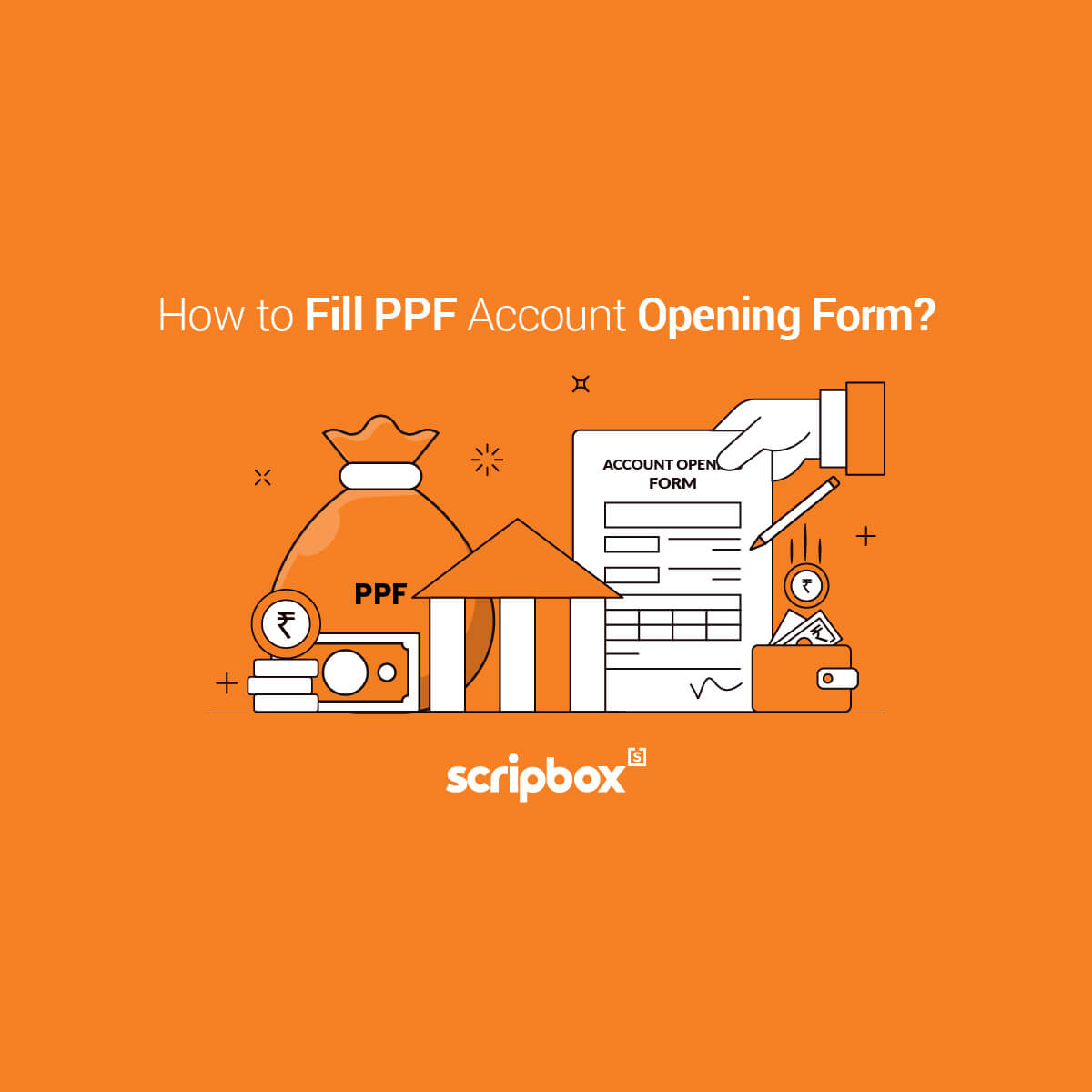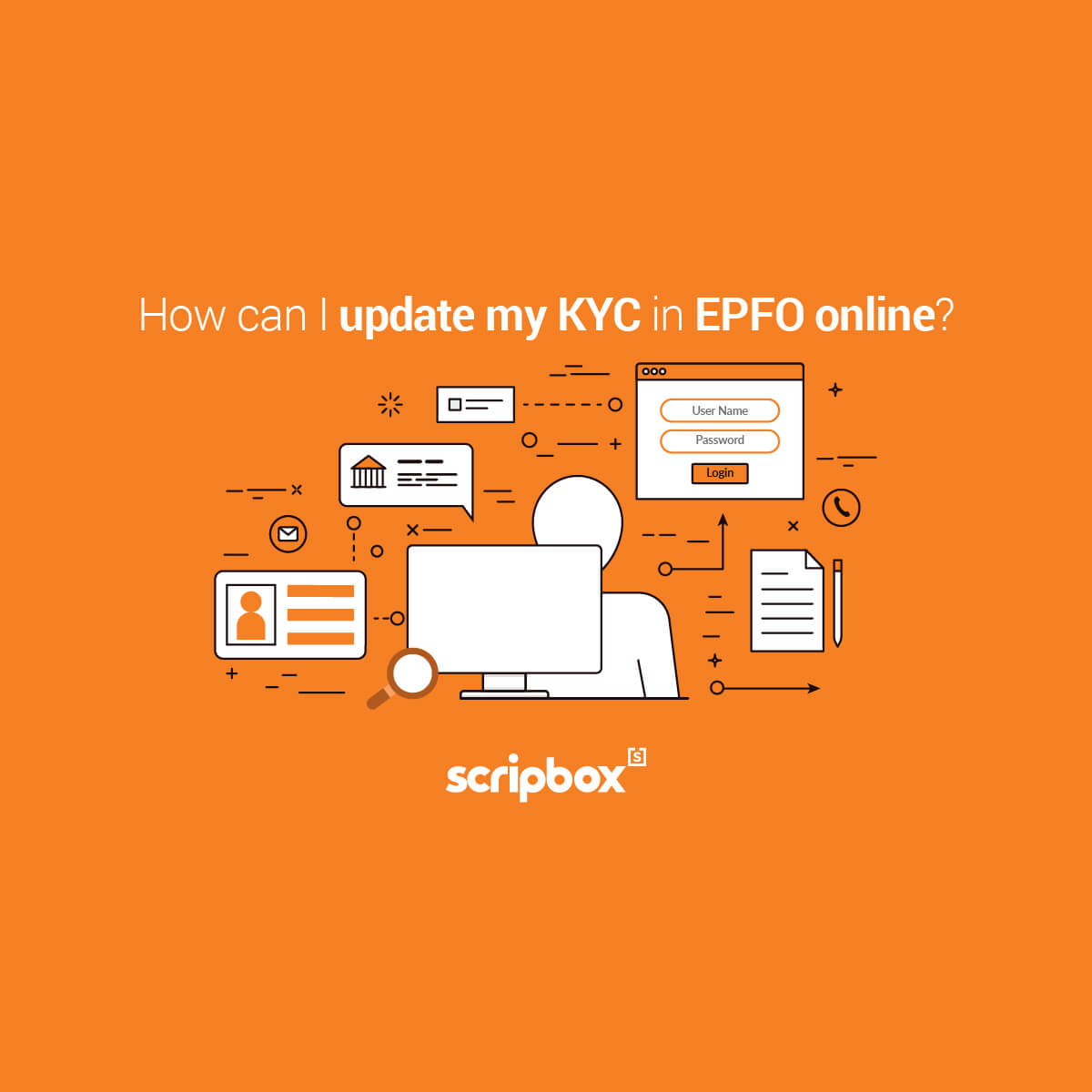Public Provident Fund is an investment product that encourages small savings. Life insurance policy is an insurance policy that offers protection against unfortunate events like death. This article covers LIC vs PPF, and features of each of the financial products in detail.
What is Life Insurance Policy (LIC)?
Life Insurance Corporation LIC is a state owned insurance and investment company. In the year 1956, Life Insurance Corporation LIC was established after the Life Insurance of India Act was passed. It offers an insurance policy that one takes to protect their dear ones against risks. LIC policy is the contract where one pays regular premiums or one single premium to the insurance company. One will receive a lump-sum payment upon maturity of the LIC policy, or unfortunate death of the policyholder.
Life insurance policies best suit individuals who have dependents that rely on their income. Hence when a policyholder, unfortunately, passes away then the nominee will receive the insured amount. Hence LIC acts as a risk cover for the policy holder’s family. In case the policy matures before the death of the person, then the lump sum amount will be paid to the policyholder. The same can be used towards the retirement of the policyholder.
The premiums paid towards an insurance policy qualifies for tax deduction under Section 80C of the Income Tax Act, 1961.
However, to claim a deduction the following conditions have to be met:
- If the policy is issued after 1st April 2012, then the premium paid should not exceed 10% of the sum assured.
- For life insurance policies issued before 1st April 2012, then the premium paid should not exceed 20% of the sum assured.
The maturity amount from a life insurance policy is fully exempt from tax u/s 10 (10D) provided the premium amount doesn’t exceed 10% of the sum assured. In case the premium is above 10% of the assured amount, then the amount that the policyholder receives at the end of the tenure is fully taxable. Moreover, the income part of the maturity amount of policies not covered under Section 10 (10D) is subject to TDS of 5%. However, TDS is deductible only if the maturity amount of a life insurance policy exceeds INR 1,00,000.
Features of a Life Insurance Policy (LIC)
Following are the features of Life Insurance Policy:
- Policy Holder: The policyholder is the one who pays the premiums for the life insurance policy. They also sign the life insurance contract with the company.
- Premium: It is the amount that the policyholder pays the insurance company for covering their life.
- Maturity: It is the time duration after which the policy term completes, and the life insurance contract ends.
- Insured: The life of the policyholder is insured through life insurance. Upon the policyholder’s death, the insurance company is liable to pay the insured amount to the dependents.
- Sum Assured: Sum assured is the total amount that the insurance company pays to the dependents on the event of death of the policyholder. The sum is paid in case any event occurs that is specified in the life insurance contract.
- Policy Term: The policy term is the duration for which the insurance company provides life cover. Also, it is the period during which the contract is active. These terms are listed in the life insurance contract.
- Nominee: The nominee is the person who will receive the predetermined compensation as part of the policy. The policyholder can nominate the name of the person while opening the scheme.
- Claim: The nominees can file a claim to receive the predetermined payout amount on the event of death of the policyholder. The amount thus received from the policy acts as a risk cover.
What is Public Provident Fund (PPF)?
Public Provident Fund is an initiative by the Government of India. It was launched by the National Savings Institute in 1968. The government backs this long term post office savings scheme, and hence the returns are guaranteed. The PPF Interest Rate is announced by the Ministry of Finance every quarter. For the current quarter the PPF rate is 7.10% p.a., compounded annually.
The investment up to Rs 1.5 lakhs per financial year is completely tax free in the hands of investors u/s 80C of the Income Tax Act, 1961. Moreover, the interest and maturity proceeds are also exempt from tax. Hence an investor investing in PPF for saving up for retirement need not worry about the tax.
Features of Public Provident Fund (PPF)
Following are the features and benefits of Public Provident Fund:
- Tenure: The tenure of a Public Provident Fund account is 15 years. Hence, the lock in period is also 15 years. Furthermore, the account can be extended by a block of five years. Also, the extension does not require any additional investments by the subscriber. Therefore, it is suitable for retirement planning.
- Eligibility: All Indian citizens can invest in PPF. Also, one can open the PPF account in the name of a minor and the parent or guardian can operate it. However, Non Resident Indians and HUFs cannot invest in Public Provident Fund.
- Number of Accounts and Mode of Deposit: Every investor can open only one public provident fund account. Also, the account cannot be held jointly. However, one can open an additional account on behalf of a minor.
- Minimum and maximum investment amount: The minimum investment amount for a PPF scheme is INR 100. Also, the minimum deposit per annum is INR 500. On the other hand, the maximum deposit in a PPF account is Rs 1.5 lakhs p.a.
- Deposit frequency: The deposit frequency can be either once a year or a maximum of 12 instalments in a year. Also, it is necessary to make at least one deposit every year to keep the account active.
- Risk: The Government of India backs the PPF scheme. Therefore, it is among the safest investment schemes available to individuals. The Public Provident Fund scheme offers guaranteed and risk-free returns.
- Nomination: An individual can nominate a nominee either during the account opening or subsequently.
- Loan: Subscribers can avail a loan against their PPF deposits. However, one can take a loan only between the third and the fifth year of the account tenure. Furthermore, the loan amount cannot be more than 25% of the deposit amount made till the end of the second financial year.
Additionally, PPF subscribers can also avail a second loan after the sixth financial year. However, to get the second loan, the first loan has to be paid off entirely. - Taxation: Public Provident Fund investments fall under the category of Exempt – Exempt – Exempt (EEE). In other words, the investment, interest earned, and redemptions are all tax exempted. Under Section 80C of the Income Tax Act, 1961, PPF investments up to Rs 1,50,000 in a year qualify for tax benefits.
Similarities Between LIC and PPF
Following are the similarities between LIC and PPF
| Similarity | PPF | LIC Policy |
| Regular Payments | The subscriber has to make regular contribution toward the public provident fund account to keep it active. | The policyholder has to make payments at regular intervals. |
| Term | Long term investment scheme with a lock in period of 15 years | Long term savings instrument with a minimum tenure of five years and maximum tenure of 30 years |
| Tax Exemption | Investment amount, interest and redemption proceeds all are tax exempted. | Contributions and maturity proceeds are tax exempted. |
| Loans | Available against the deposit amount, however, with certain terms and conditions | Available, however, not all LIC products offer loan facilities. |
| Revival | The PPF account can be revived even if the subscriber fails to pay one instalment | LIC can also be revived in case the subscriber stops paying premiums or stop investing |
Compare LIC Vs PPF
| Difference | PPF | LIC Policy |
| Purpose | Savings and investment | Insurance and risk protection |
| Returns | 7.10% p.a. | Depends on the policy, usually 4%-6% |
| Tenure | 15 years | Flexible tenure, as chosen by the subscriber |
| Premature closure | Not allowed | Allowed with penalties |
| Regulatory authority | Central Government | Insurance Regulatory and Development Authority |
| Deposit amount | The minimum is INR 500 and maximum is INR 1,50,000 | Premiums are fixed and not flexible for LIC |
| Liquidity | PPF allows partial withdrawals from 7th year and a loan facility from 3rd year | Insurance policies have a lock-in period of 3 years, after which the policy can be encashed |
| Taxation | PPP falls under the EEE category. Hence the investment, interest, and redemption corpus are completely tax free. | The premium paid is tax free if it is less than 10% of the sum assured. The death benefit is also tax free. |
Read also about the LIC Vs Mutual Fund
LIC vs PPF Which is Better?
People often get confused between investment and insurance. Insurance is for risk protection, while investment is for a secured future. For any investor having good financial health is important. For good financial health, one needs to have an emergency fund for unexpected expenses, insurance for protection against unfortunate events, and investments for a secured future.
Therefore, an investor must have insurance if they have dependents that rely on their income. There are many types of insurance policies in the market, like the term insurance policy, ULIPs, and endowment plans. However, it is advisable that an investor can take a term insurance policy and invest in PPF. It provides the safety of insurance as well as security of investment in the most cost-effective way. Therefore the question shouldn’t be which is better LIC or PPF or LIC Vs PPF? Instead it should be which term policy is better with PPF.
There are insurance schemes that offer investment options as well, for example, ULIPs. However, they are on the higher end of the scale when it comes to expense ratio. Moreover, they have a lot of hidden charges. Hence it is suggested that individuals separate their investment and insurance needs and take a term policy while investing in PPF.
You may like to read also about the EPF vs PPF
Related Articles
- Confused if your portfolio is performing right enough to meet your goals?
- How long have you been investing in mutual funds?
- What is your current portfolio size?
- What is your approximate annual household income?
- Your profile does not qualify for a call with a Financial Expert.
- What is Life Insurance Policy (LIC)?
- Features of a Life Insurance Policy (LIC)
- What is Public Provident Fund (PPF)?
- Features of Public Provident Fund (PPF)
- Similarities Between LIC and PPF
- Compare LIC Vs PPF
- LIC vs PPF Which is Better?





























Show comments